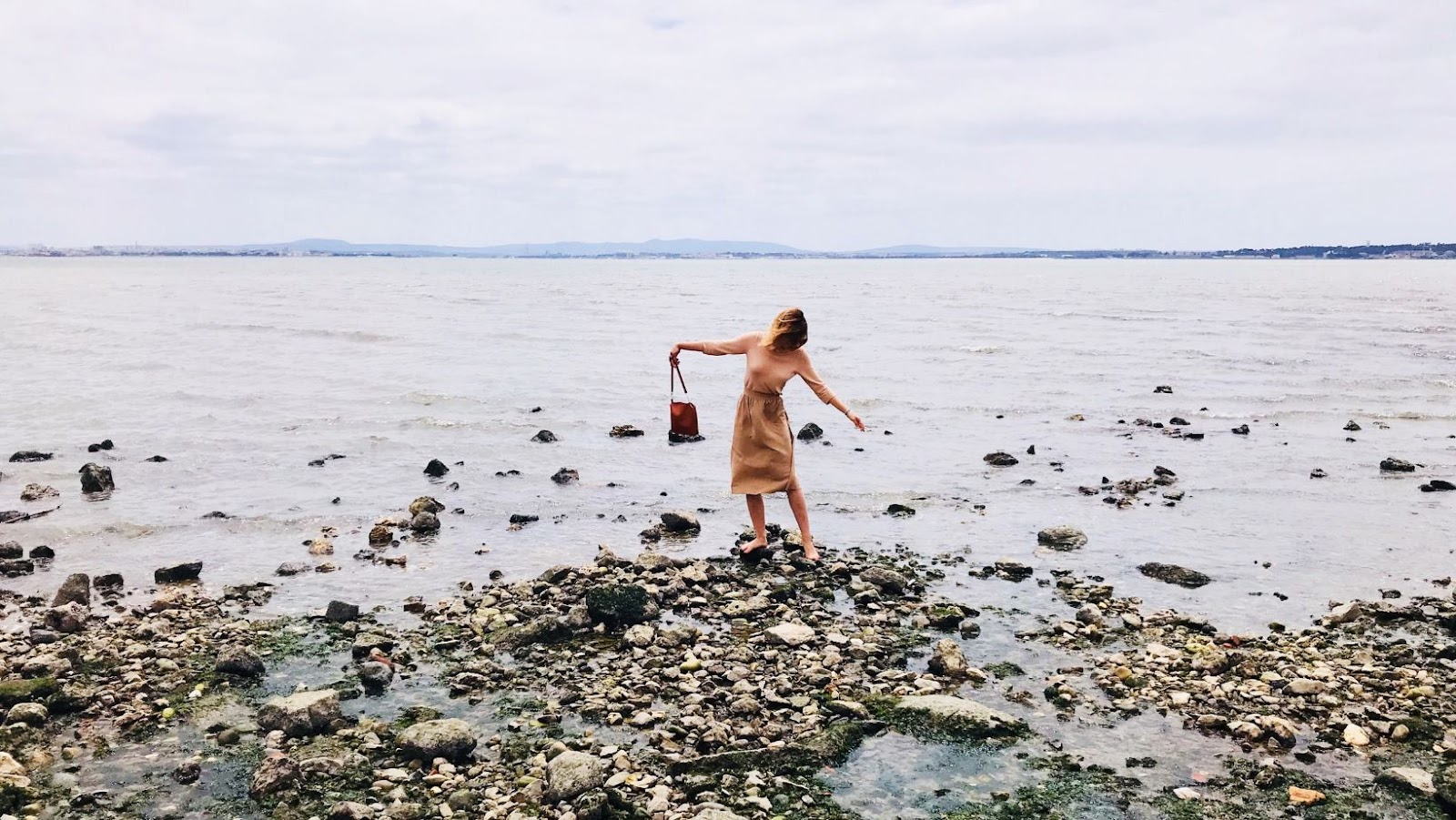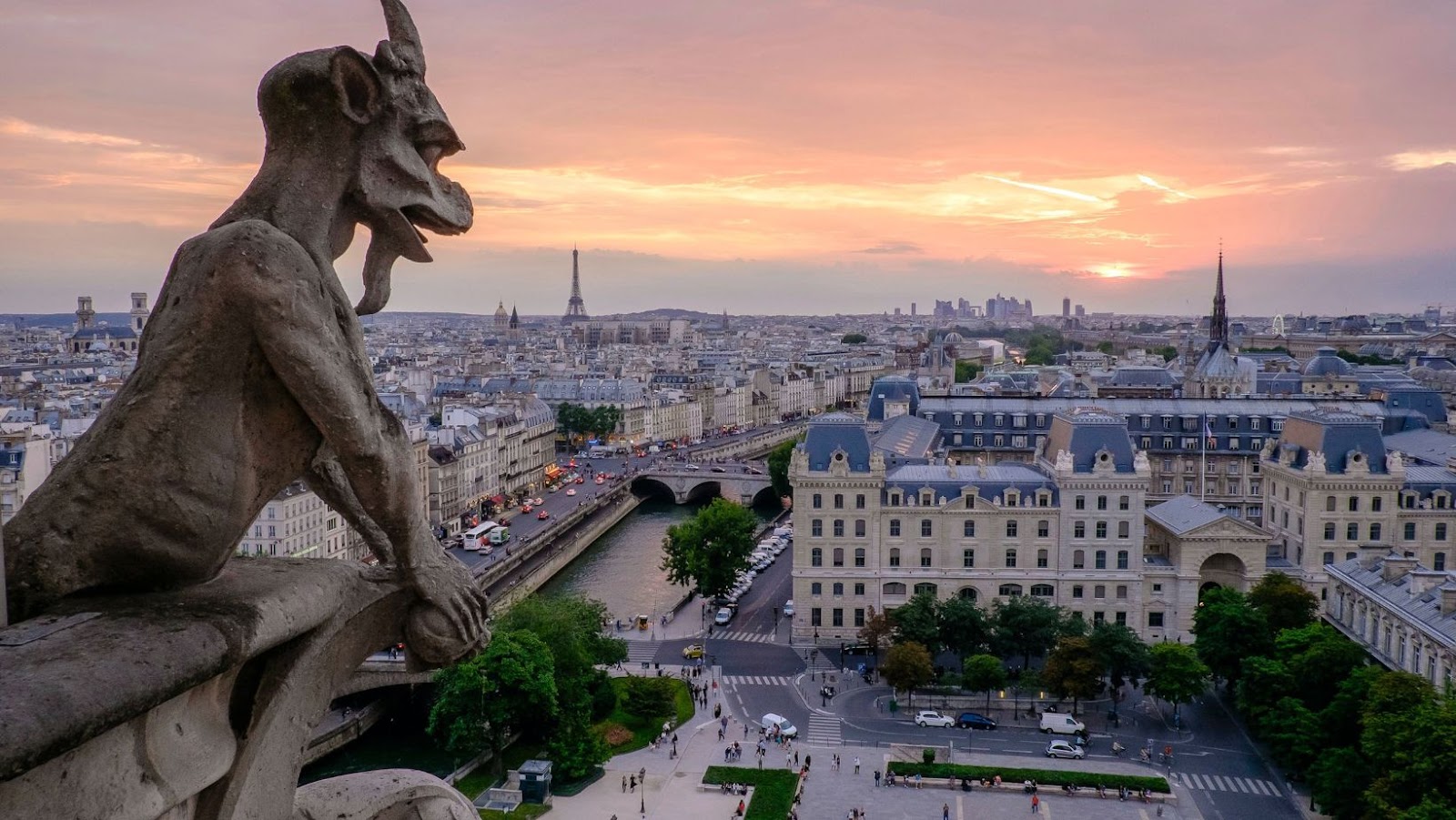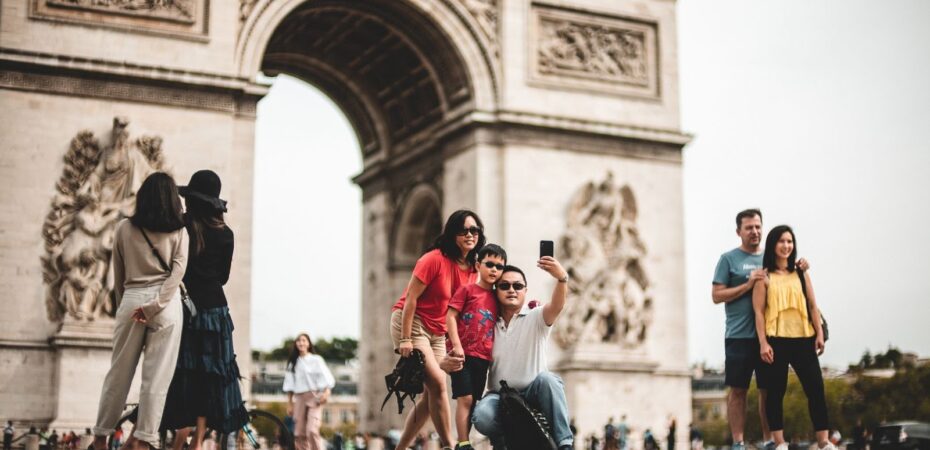In the age of social media, a good travel photo can make all the difference in making a post stand out and garnering attention. With the right editing techniques, even an ordinary photo can be transformed into a stunning visual masterpiece. And the best part is you don’t need PhotoShop or any other expensive software to achieve professional-level results.
In this article, we’ll share some tips and tricks for editing your travel photos like a pro, all from the convenience of your phone or computer.
Mobile Photo Editing Apps for On-the-Go Editing
Editing on the go is essential for travel photographers. You can use mobile photo editing apps to quickly edit your photos and share them with your audience. Here are some alternatives to Photoshop that you can use on your mobile:
- Lightroom: This app is a popular choice among photographers for its advanced editing tools. It has a user-friendly interface that makes it easy to use.
- VSCO: This app offers a range of filters and editing tools to help you create stunning images. It’s also a great platform for sharing your work with other photographers.
- Pixelcut AI: This app uses artificial intelligence to cleanup pictures and makes them look sharper and more vibrant.
- Snapseed: This app offers a range of editing tools, including selective adjustments, to help you create stunning images.
- Polarr: This app offers a range of advanced editing tools, including curves and selective adjustments, to help you create professional-level edits.
- Afterlight: This app offers a range of filters, textures, and adjustments to help you create unique and stunning images.
Basic Photo Editing Techniques
Even with the best tools, knowing how to use them effectively is key to achieving great results. Here are s ome basic techniques for editing travel photos:
ome basic techniques for editing travel photos:
- Cropping and Straightening: Crop your photos to focus on the subject and remove any unwanted elements. Use the straightening tool to fix any crooked horizons.
- Adjusting Exposure and Contrast: Adjust the brightness and contrast to make your photos pop.
- Managing Color Balance: Play around with the color temperature to create a mood that matches the scene. For example, a cool blue tone can make a beach photo feel serene, while a warm orange tone can make a sunset photo feel vibrant.
- Enhancing Sharpness and Clarity: Use the sharpening tool to bring out the details in your photos. Adjusting clarity can also help make your photos look more defined.
- Reducing Noise and Grain: Use the noise reduction tool to get rid of any graininess in your photos.
Tips for Developing Your Personal Editing Style
As a travel photographer, developing your personal editing style is crucial to standing out in a saturated market. Your editing style is what sets your work apart and makes it unique. Here are some tips to help you develop your personal editing style:
Studying the Work of Professional Travel Photographers
One of the best ways to develop your editing style is by studying the work of professional travel photographers. Look at how they use color, light, and composition in their images. Pay attention to the way they edit their photos and try to replicate their style. This doesn’t mean you should copy their work, but rather use it as inspiration to develop your own style.
Experimenting With Different Editing Techniques
Experimenting with different editing techniques is also an essential part of developing your editing style. Try out different techniques like using different filters, adjusting exposure, or playing with saturation.

See what works best for your photos and develop a style that’s unique to you. Keep in mind that it’s okay to make mistakes and try new things, as this is how you’ll learn and grow as an editor.
Consistency in Editing Style for a Cohesive Portfolio
Consistency is key when it comes to developing your editing style. Having a consistent style helps to create a cohesive portfolio and helps your audience recognize your work. To achieve consistency, try to use the same editing techniques on all of your photos.
You can also create presets or use the same filters to maintain consistency.
Balancing Creativity and Authenticity
When developing your editing style, it’s essential to balance creativity with authenticity. Your editing style should enhance your photos and bring out their natural beauty, not cover it up. Avoid going overboard with filters or editing techniques that make your photos look unnatural.
Your editing style should be a reflection of your personal style and the message you want to convey through your photos.
Key Takeaways
Editing travel photos can be a fun and rewarding experience, and with the right tools and techniques, you can achieve professional-level results without breaking the bank. Remember to experiment, find your own style, and stay true to your own vision. With a little bit of practice, you’ll be able to clean up pictures and transform them into stunning works of art.


 By
By 



